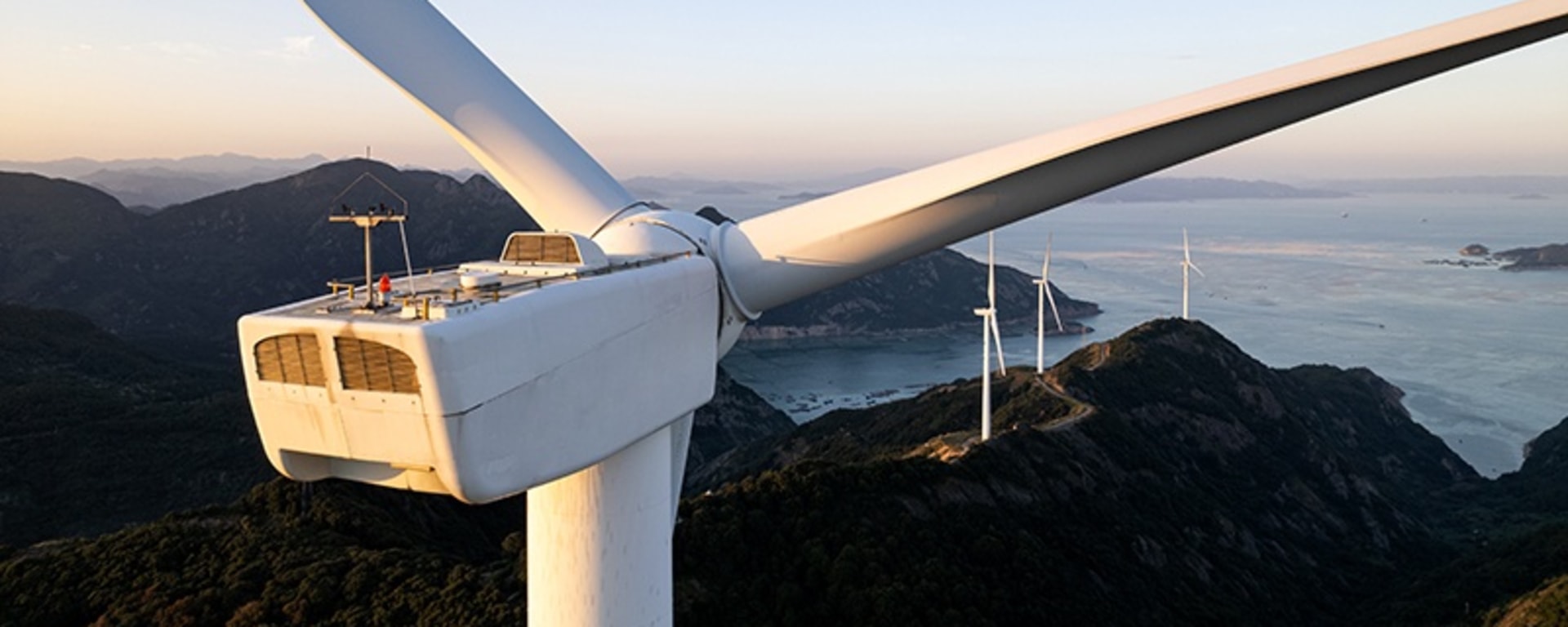Focus on ESG
Can we still afford not to invest sustainably? Nowadays, getting caught up in a scandal means risking more than just good reputation.

Pubblicato il 15.03.2022 TEC
Following on from Covid, the eyes of the world are currently focused on the tragedy in Eastern Europe. In addition to these two major crises, there is a further serious, long-term challenge — not only for society, but also for investors: the climate emergency.
More and more often, people are declaring that they are alarmed by climate change and its consequences. This could be because, in Western Europe — and beyond — we are increasingly experiencing the effects of global warming.
On a political level, there is consensus: greenhouse gas emissions must be reduced. Accordingly, investments are already being made with the aim of making economies “greener”. But that on its own, is not enough. And this is where not only institutional, but also private investors come into play.
© Vontobel 2022
What opportunities does impact investing offer and how do we avoid “greenwashing”? Darya Granata, Senior Client Portfolio Manager, asked this question to Marco Lenfers, Senior Client Portfolio Manager, and Daniel Karnaus, Senior Portfolio Manager.
1 Source: Climate Policy Initiative (Global Landscape of Climate Finance 2021)
2 Source: Bank of America
In 2016, the UN formulated its 17 goals for sustainable development (Sustainable Development Goals, SDGs). They apply to all countries in the world with the aim to make the future economically, socially and ecologically sustainable. Many sustainable investments are firmly linked with one or more of these climate goals.
Another frequently used term in connection with impact investment is ESG (Environment, Social, Governance). Impact investments are one form of ESG investing.
“Solutions for a sustainable world can give so-called ‘double dividends’: financially and ecologically”.

Happily action is being taken — there is a lot of talk, but action is being taken. Over the last decade public and private investors have been pumping money into climate financing. Climate spending is currently at around USD 600 bn1 but, to be climate neutral by 2050, it is estimated that spending will have to be around 2x global GDP per year over the next 30 years2 — so there is a huge gap that needs to be filled.
1 Source: Climate Policy Initiative (Global Landscape of Climate Finance 2021)
2 Source: Bank of America
Yes, but not by governments alone. Governments will consider bringing in big investors such as pension funds and private investors. They will need to leverage the scalability of public markets — equity and bond markets — to achieve their ambitious goals 2030–2050.
Start with a simple question: What kind of world do you want to live in? Take individual parts of the answer, for example, clean water or clean energy and look for companies which contribute to improving our daily lives, minimizing our global footprint AND which perform well financially. Take clean energy infrastructure: A company manufacturing wind turbines — but there is also the infrastructure around it: companies manufacturing cables etc. to make clean energy happen. These are attractive investments offering so-called “double dividends” — positive impact for the environment in combination with a financial performance which should outgrow global equities given the amount of investment which will be required over the coming years.

One — increasingly popular — solution would be green bonds — easy to understand and highly liquid. These offer the opportunity to invest directly in green projects for which there is the obligation of separate reporting. That means measurable impact: one-to-one measurement of what impact my investment is having.
The money investors lend to “ordinary” bond issuers can be used by that institution for whatever it wants. By buying a green bond, “use of proceeds” (your money) goes to pre-defined green projects and what kind of impact you ultimately have is visible.
Backed by the balance sheet of the company — not dependent on the success of the individual project. Green bonds also have separate ESG ratings from accredited ESG rating agencies telling investors how green the bond is — because, ultimately, there are several shades of green.
These investment vehicles have become very popular, given that the interest in climate change awareness amongst the general public has tripled over the last decade. Growth in sales of these bonds has been breathtaking. Last year USD 400 bn was issued in green bonds. This year, we expect that to double.
Are you looking for access to our investment experts?We look forward to answering your questions.
|  |
Pubblicato il 15.03.2022 TEC